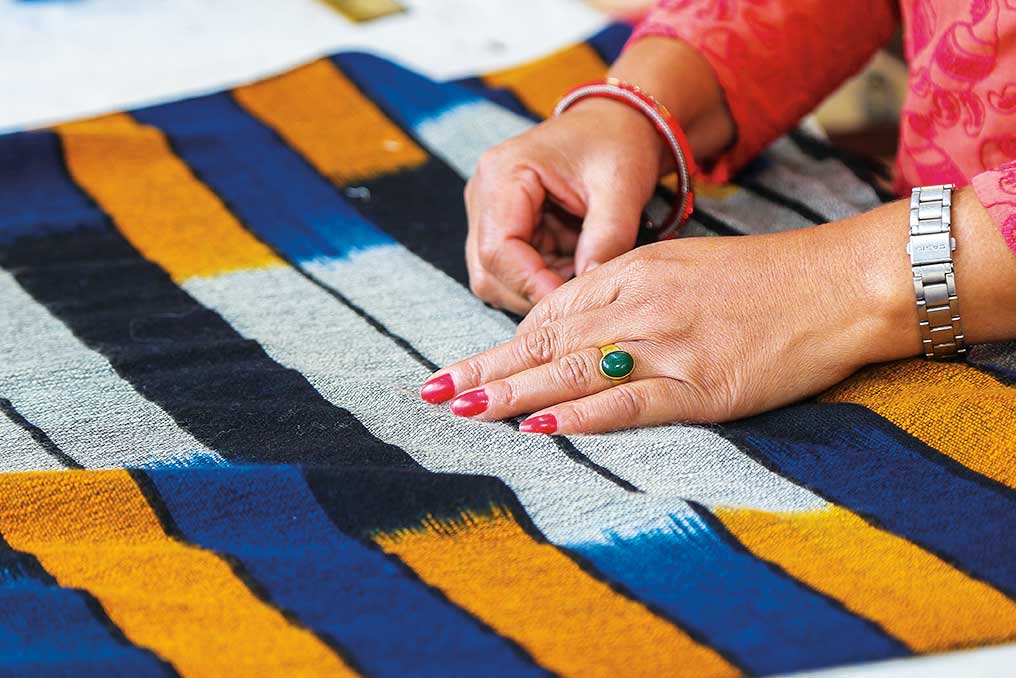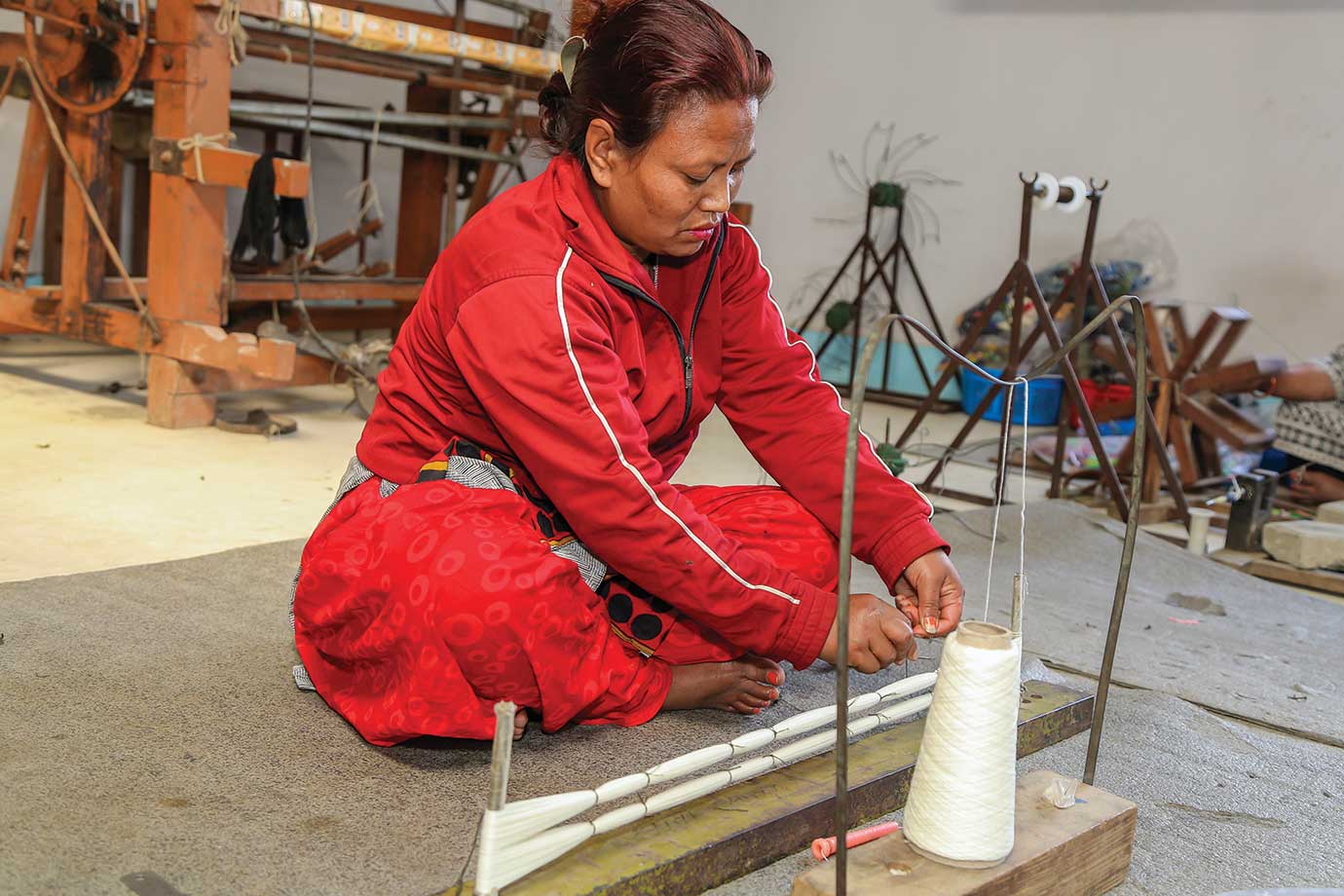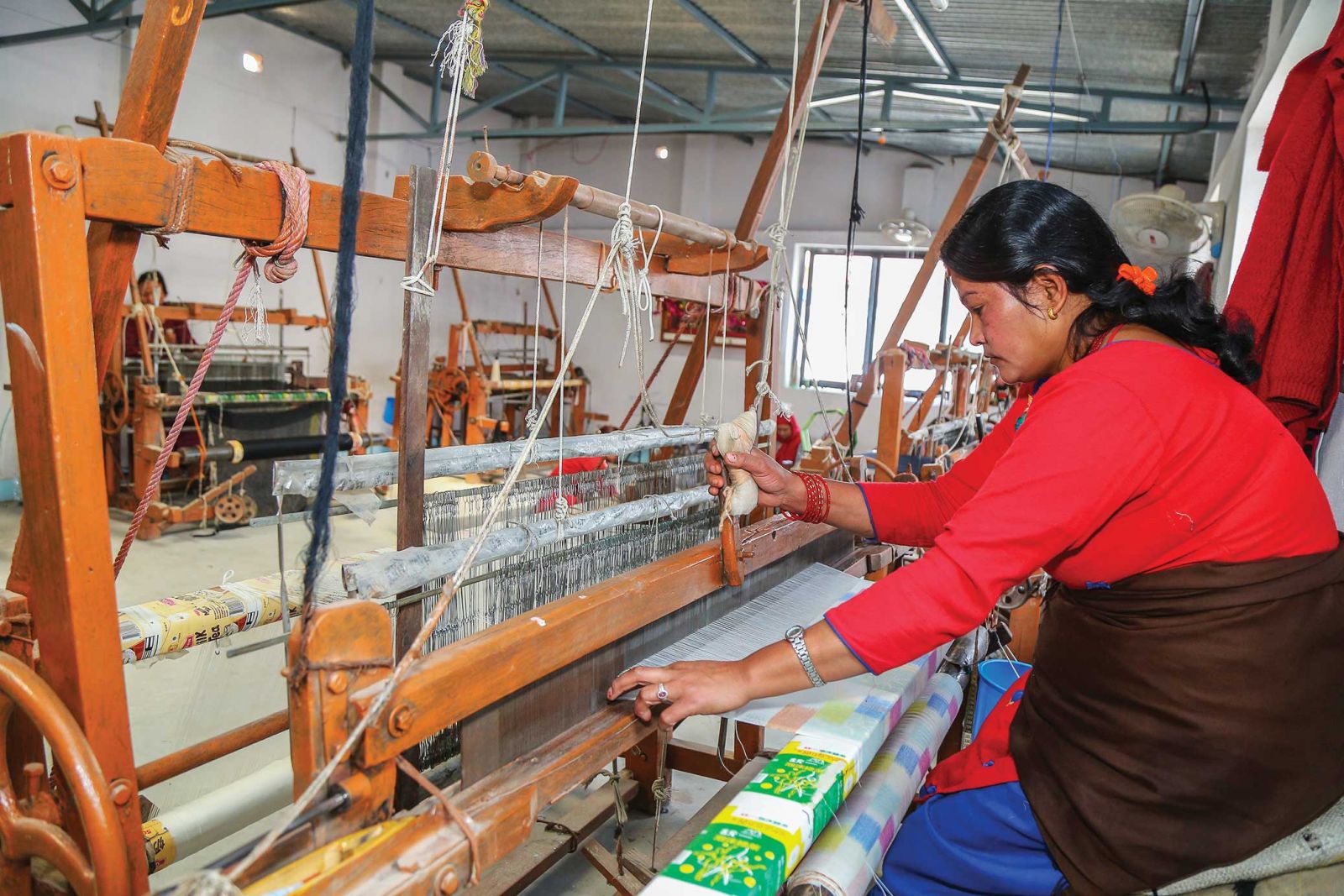 The story of pashmina is extraordinary, to say the least. It began in one of the World’s most desolate areas and has made its way into high fashion boutiques and The closets of the elite class. It has persisted in its popularity to become one of the Most sought-after fabrics in the fashion industry.
The story of pashmina is extraordinary, to say the least. It began in one of the World’s most desolate areas and has made its way into high fashion boutiques and The closets of the elite class. It has persisted in its popularity to become one of the Most sought-after fabrics in the fashion industry.
Pashmina, also known as cashmere, comes from the Persian dialect, ‘Pashm’, Meaning premium quality wool fiber, and considered to be very cozy with warmth. Over many centuries, pashmina has come to be known as a special kind of wool, Which comes from the outer skin of the Himalayan goat known as Capra hircus, Locally called chyangra living in the high altitudes of the Himalayas above 14,000 Feet. These goats are found in the high plateau regions of Nepal, Tibet, and Kashmir.
The production process is a long, meticulous one that involves wool collection, Spinning, weaving, designing, and dyeing. Each step needs be carefully undertaken To maintain its fine quality. The wool from the local goat, chyangra, is collected Every spring and is spun by hand. The yarn is spun on a spinning wheel locally known Ascharkha. Prior to spinning, the raw material is treated by stretching and cleaning it To remove any form of dirt. Thereafter, it is soaked in a mixture of rice and water to Make it softer. This step of the process is extremely painstaking and requires a huge Amount of patience and determination.
 Next comes the weaving, the process that is solely dependent on handlooms due to The fragility of this fabric. The weaving process is an art form in its own right and has Been passed down over generations by the local communities in Nepal where it is Practiced. It takes about four days to weave a single pashmina shawl. The designing And fringing of a pashmina is also a delicate process and requires artistic expertise. The last step of this process is also essential, which is dyeing. Pashminas are usually Hand-dyed, and only metal and azo-free dyes are used, making the shawls and other Pashmina products completely eco-friendly. It is done at a temperature just below Boiling point for nearly an hour. Pashmina wool is extremely absorbent.
Next comes the weaving, the process that is solely dependent on handlooms due to The fragility of this fabric. The weaving process is an art form in its own right and has Been passed down over generations by the local communities in Nepal where it is Practiced. It takes about four days to weave a single pashmina shawl. The designing And fringing of a pashmina is also a delicate process and requires artistic expertise. The last step of this process is also essential, which is dyeing. Pashminas are usually Hand-dyed, and only metal and azo-free dyes are used, making the shawls and other Pashmina products completely eco-friendly. It is done at a temperature just below Boiling point for nearly an hour. Pashmina wool is extremely absorbent.
The pashmina product has become one of the largest overseas export items from The country: Nepali pashmina is considered a form of handicraft and accounts for More than fifty percent of the total export figures of the handicraft sector in the Country.
According to most pashmina dealers in Nepal, the simplest way to distinguish Between a real and a fake pashmina is to touch and see the softness and warmth of The fabric. They are supposed to be light, soft, and warm. Some pashmina that have A silk blend will be slightly shiny. Another tip I got was to check the label for its Accurate fiber content. It should either say 100 percent cashmere, or 70 percent Cashmere and 30 percent silk. The Nepal government has also introduced a unique Hallmark known as “Chyangra Pashmina” which is only produced from the high-Altitude goats of the Himalayas. Most pashminas in Nepal should have the ‘Chyangra Pashmina’ label.
It can certainly be concluded that pashmina or cashmere is an eclectic combination Of traditional workmanship and stylish beauty, a piece of history interwoven into Elegant designs, and which is perhaps one of the warmest, softest, and most Exquisite indulgences money can buy.











